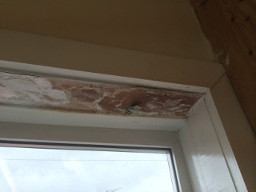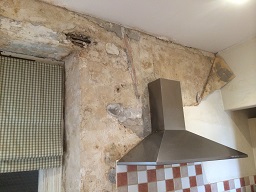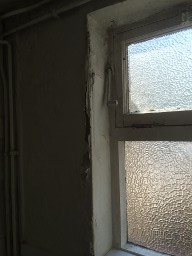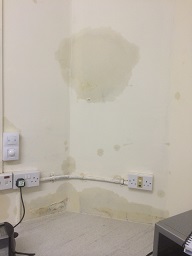
Penetrating damp in Ripon

Penetrating damp in Harrogate

Penetrating damp in Leeds

Penetrating damp in York
Penetrating Damp
Penetrating damp is usually caused by water entering a property and causing damage to existing plaster work. Damp patches on walls and ceilings upstairs in a property are often signs of a problem with broken roof tiles, poorly fitted doors and windows, broken guttering or brick work/render problems. If penetrating damp is left untreated this can eventually turn into Dry Rot.
If damp patches are low level such as downstairs walls and floors then this is usually fixed by installing a Tanking System.
The Signs of penetrating damp in a property are:
- Bulging/blown plaster work that is soft to the touch and crumbles away
- Discoloration and staining of decorated surfaces
- White hygroscopic salt deposits appearing on the walls
- Mould that keeps re-appearing no matter how much you clean it (usually black spot mould)
- A musty damp smelling odour
- Damp wet patches on walls that peak in the corners
- Flaking/peeling paint and wallpaper
- Rotting woodwork, skirting boards, window frames and floor boards
The Penetrating Damp Proofing Process
Upon completion of a full penetrating damp proofing survey the following process is undertaken to remedy the penetrating damp.
Before any remedial work is completed the cause of the penetrating damp must be rectified first otherwise the original problems will reoccur straight away.
The remedial process is similar to the Damp Proofing process. Removal of all the affected plaster work then the affected walls will be sprayed with a hygroscopic salt inhibitor to prevent the recurrence of salt deposits on the re-plastered walls. All original damp and damaged plaster must be removed and replaced.
Depending on the extent of the moisture and damage the walls will either be re-rendered and re-plastered or a damp proof membrane will be fitted and then the walls will be plastered over with a light weight waterproof cement based plaster then plastered over the top to finish.

